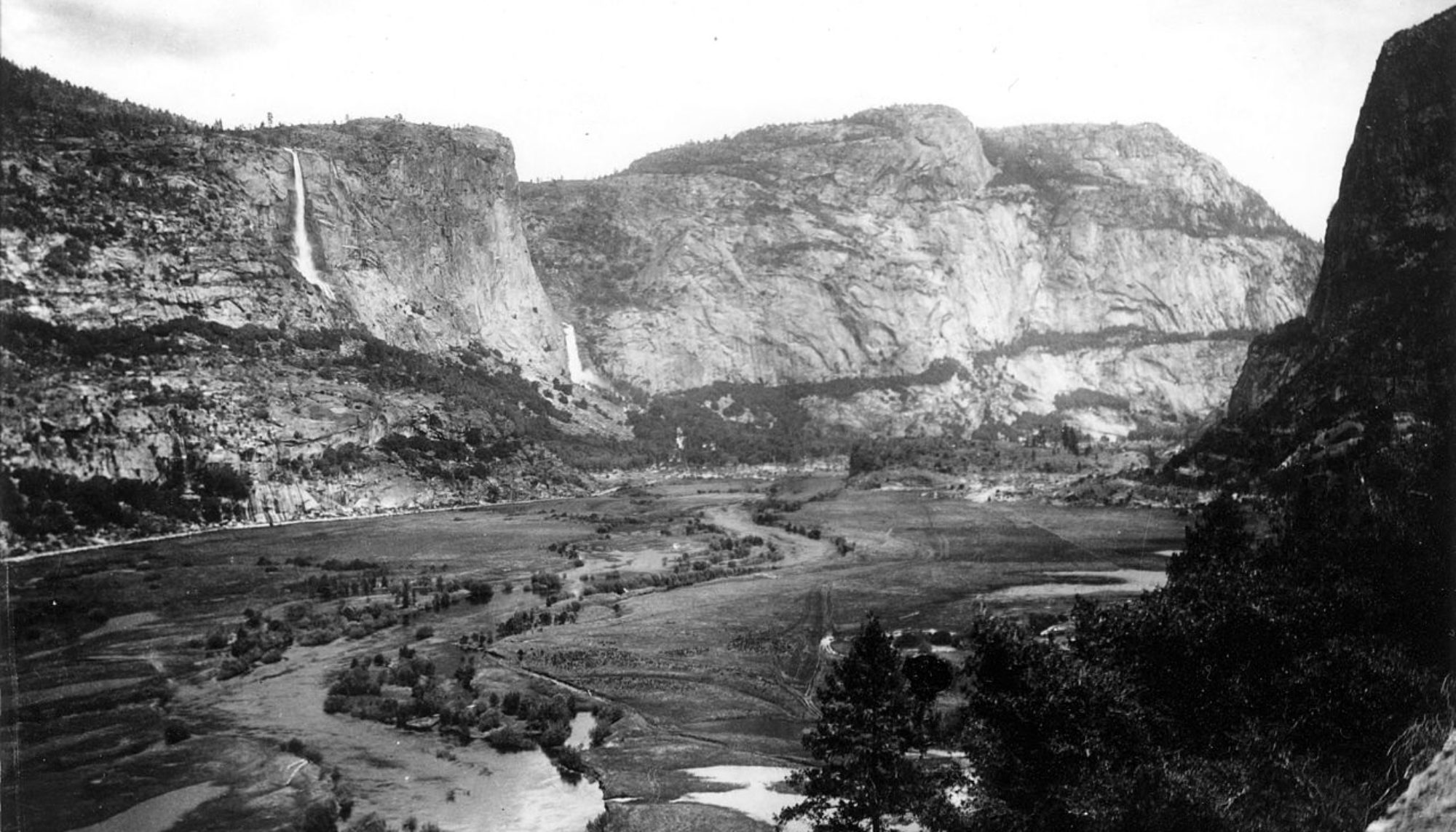 John Burroughs, born April 3rd 1837 was an American Conservationist and writer. As a young man he was a fly fisherman in the New York Catskills and was well known among other fishermen. He had his first big hit as a writer when his essay Expression was published in the Atlantic Monthly in 1860. He grew in political notoriety while working at the federal treasury until 1880 all the while, releasing essays.
John Burroughs, born April 3rd 1837 was an American Conservationist and writer. As a young man he was a fly fisherman in the New York Catskills and was well known among other fishermen. He had his first big hit as a writer when his essay Expression was published in the Atlantic Monthly in 1860. He grew in political notoriety while working at the federal treasury until 1880 all the while, releasing essays.
He notably accompanied many individuals including President Theodore Roosevelt and John Muir due to his notoriety in the media and his respected wisdom in nature. Ironically, he was also friends with Henry Ford who gave him an automobile which was one of the first cars in the Hudson Valley. He also spent time with Thomas Edison, and Harvey Firestone. In 1899 he went with E. H. Harriman on his Alaska expedition.
Burroughs is most known for his widely publicized debate known as the “Nature Fakers Controversy” which attacked famous authors for their representation of nature and wildlife. He denounced the genre of “naturalistic” stories as “Yellow Journalism of the woods”.
He primarily wrote about birds, rural scenes, and flowers but also wrote essays on literature, religion and philosophy. He is often times associated with Emerson in ideology.
In 1906 Burroughs took President Roosevelt to Yellowstone where they camped together, bird watching and fishing. John Burroughs passed away on March 29, 1921.
